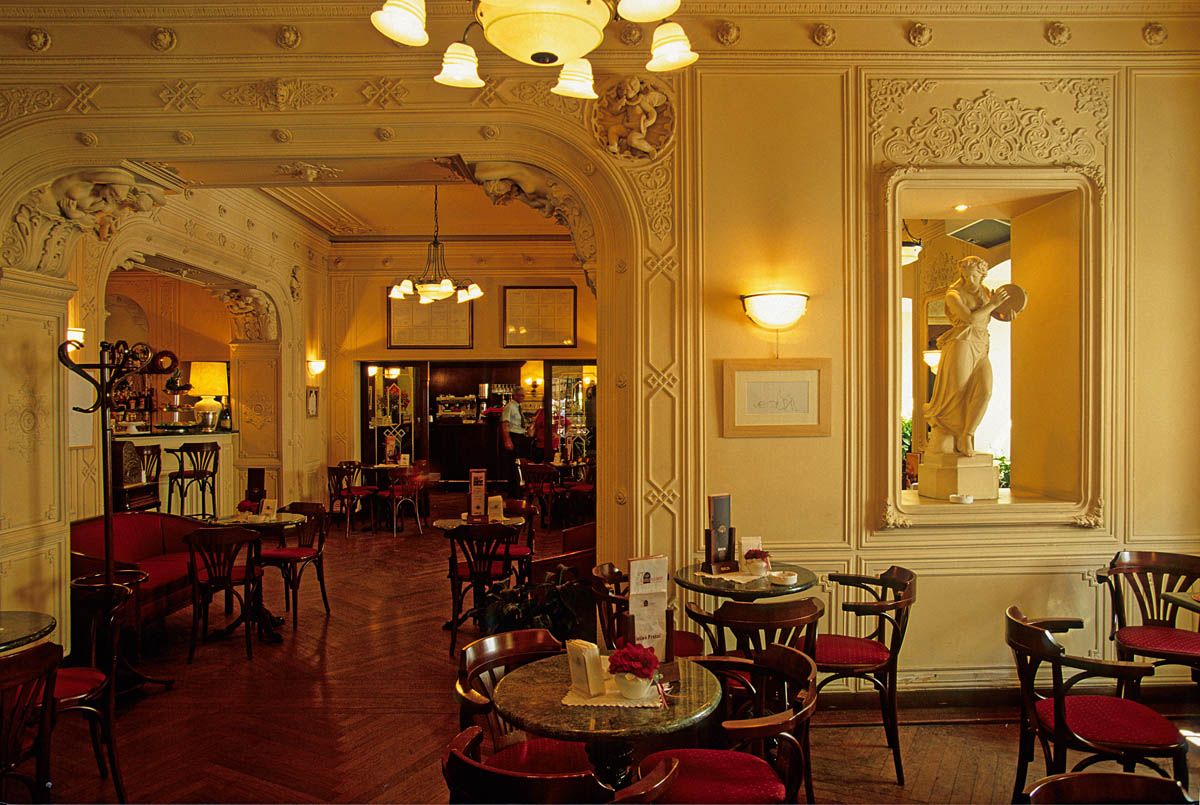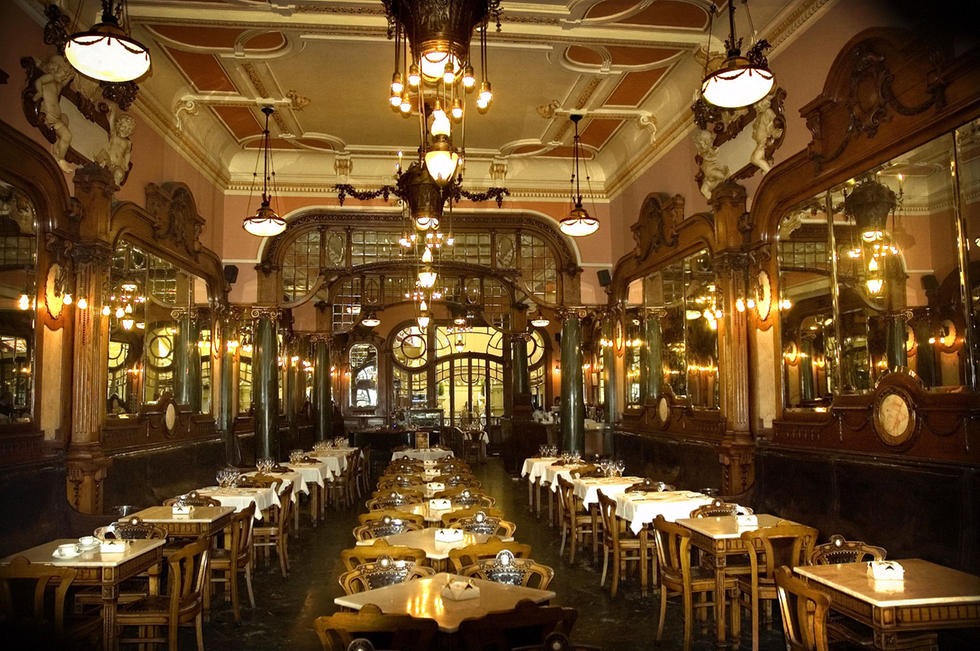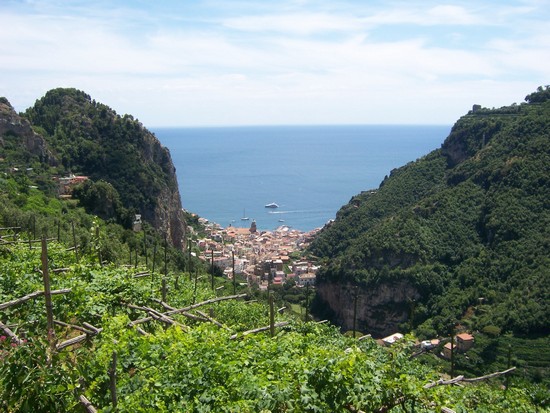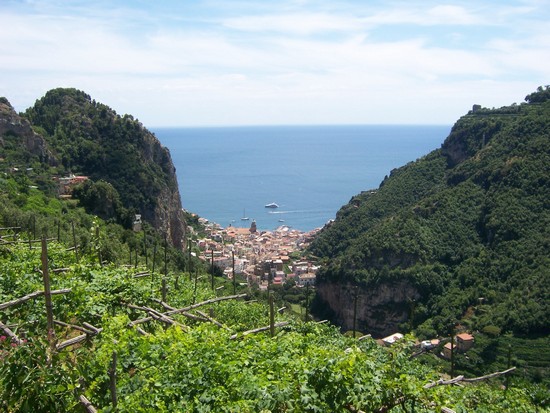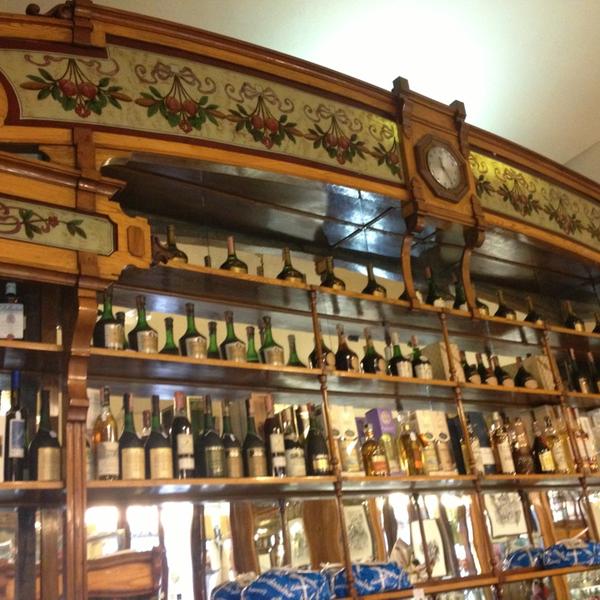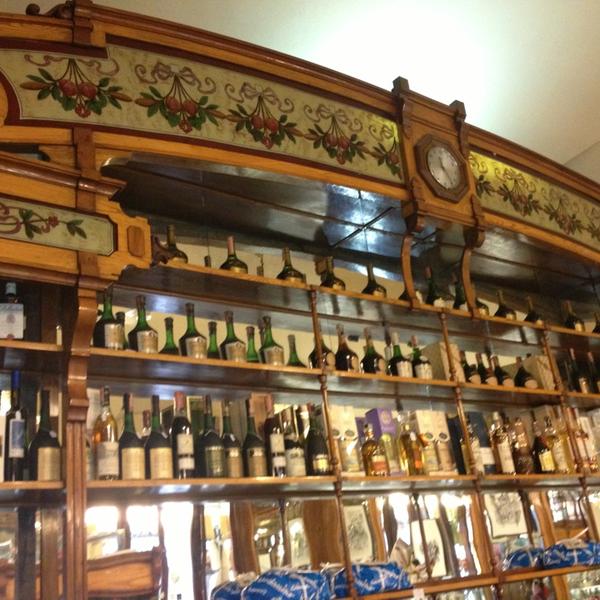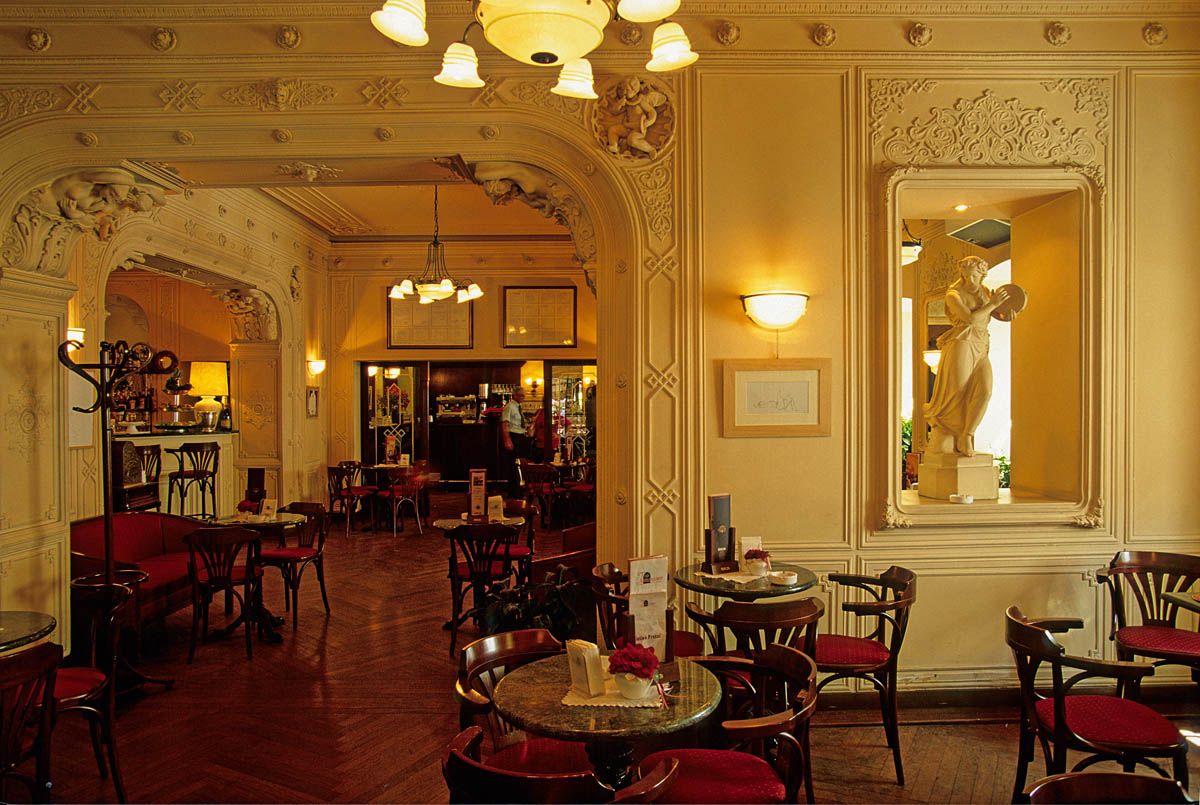Caffè Tommaseo is undoubtedly one of the oldest cafes in Trieste. It is difficult to define an exact date of the origins of the café, which, was reopened, after some restoration work, in 1830 by a Paduan, Tomaso Marcato, who gave it his own name, Caffè Tomaso. The Café took the place of a coffee shop located in that Piazza dei Negozianti now called Tommaseo. The Café was also renamed, in 1848, after the Dalmatian writer and patriot, who is still remembered today by a series of memorabilia: a portrait and editions of his works kept on a bulletin board in the center of the café. Testifying to the link between the Café and that fundamental historical moment is a plaque made by the National Institute for the History of the Risorgimento, where it reads, "From this Café Tommaseo, in 1848, the center of the national movement, the flame of enthusiasm for Italian freedom spread." Marcato, who was a great art lover, took care to beautify the café by commissioning the painter Giuseppe Gatteri to do the decorations and by having a series of mirrors come directly from Belgium, with which he papered all the walls. Macato also wanted to display a portrait of himself by a well-known portrait painter of the time, Grigoletti. The Café, a gathering place for both artists and literati as well as businessmen, often hosted exhibitions and concerts; a solo exhibition dedicated to Giuseppe Bernardino Bison should be mentioned, as well as concerts that were offered on Thursdays by the Municipal Theater orchestra and on Saturdays by the band. Among the specialties offered by Café Tomaso was ice cream, introduced in the city precisely by Marcato, who, sensible to innovations, also wanted to equip the café with gas lighting: the year was 1844 and this was the time when the first public experiments were being made in the city.
A curiosity that has emerged from the café’s archives is that, with a purchase contract drawn up on September 29, 1830, it seems that Countess Lipomana, a name under which none other than Caroline Bonaparte, the widow of Joachim Murat, had come into possession. Another noteworthy fact is that the building that houses the café has, since April 7, 1954, been protected as a historic and artistic monument, a fate it shares with other prestigious cafes, one name for all the Caffè Greco in Rome’s Via Condotti. Among the other owners of the café, Mrs. Nerina Madonna Punzo deserves to be remembered, who took care not only to keep the original appearance of the café intact, but also improvised herself as the editor of a periodical newspaper Lettere da un antico caffè, which wanted to be a mouthpiece for literary and artistic ideas and debates.
